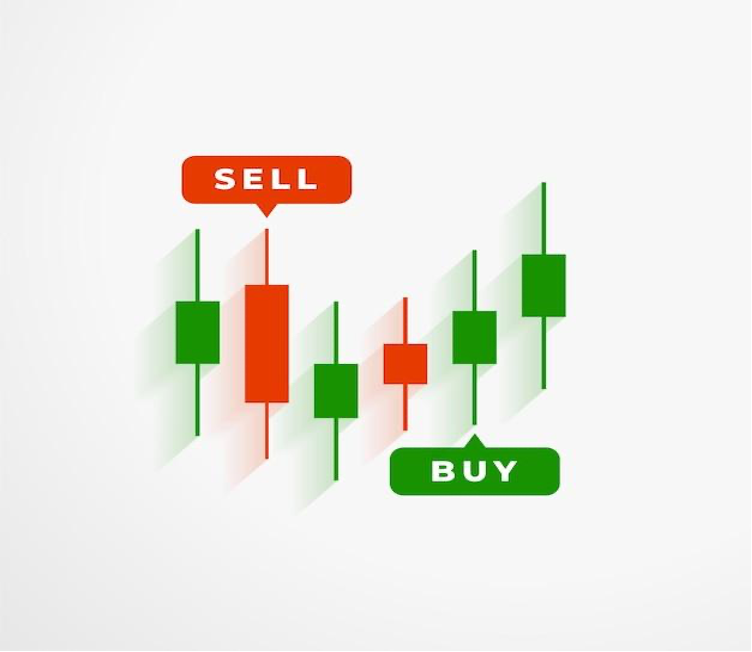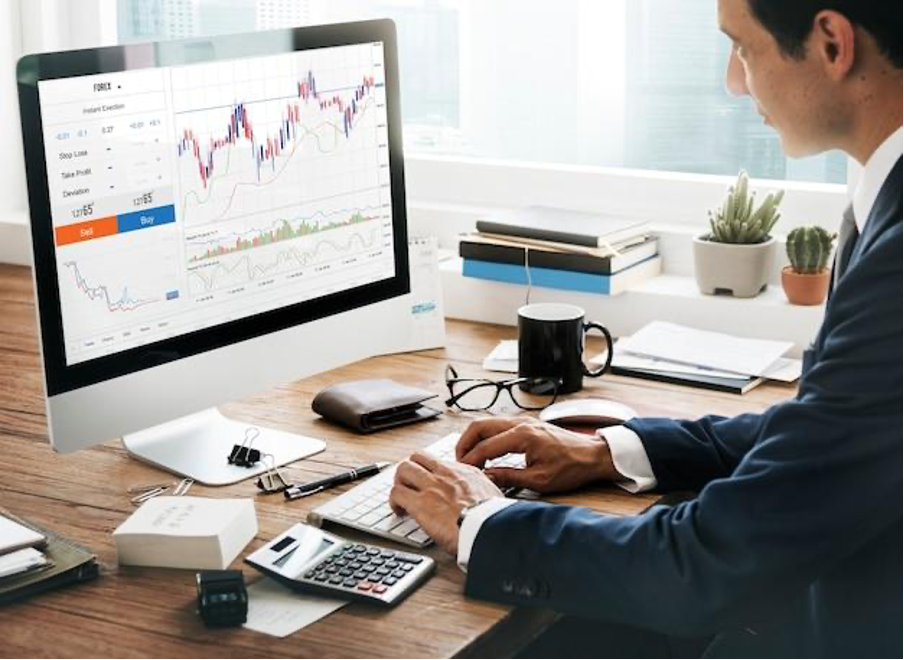
If you are exploring how to dive into CFD trading, you are in the perfect spot.
It might feel like a lot at first, especially if you are just getting started. But with some helpful tips and solid information, you will be on your way to understanding CFD trading and making informed decisions in no time.
In this article, GMZ Global experts break down the essentials of CFD trading and offer tips on how to learn more about it.
What Exactly Is a CFD?
At its core, a Contract for Difference (CFD) allows you to speculate on the movement of asset prices without actually owning those assets. You can trade CFDs on a variety of assets, including stocks, indices, commodities, and currencies. When you trade CFDs, you are essentially entering into a contract with your broker. If the price of the asset moves in your favor, you make a profit, and if it moves against you, you incur a loss. The key here is that you do not own the asset itself – you are simply trading based on price movements.
However, what makes CFDs particularly popular? Leverage. With leverage, you control a larger position with less capital, but remember – while gains can multiply, so can losses. This is where careful risk management comes into play.
Why Are Traders Drawn to CFDs?
CFD trading brings some clear advantages:
Margin Trading: This means you only need to put up a fraction of the trade’s full value to open a position, making it easier to enter the market.
Diverse Market Access: With CFDs, you are not stuck in one lane – you can trade on various markets, from stocks and indices to commodities and currencies. On this note, GMZ Global is a leading brokerage firm that offers a wide range of CFDs, including those on crypto, stocks, and indices. The broker provides the tools and guidance you need to confidently explore the world of CFDs.
Long and Short Trades: A key attraction of CFDs is that you can profit in both rising (long) and falling (short) markets. Flexibility is key.
Hedging Options: You can use CFDs to hedge against losses in your existing portfolio.
How to Get Started with CFD Trading

Source: https://www.freepik.com/free-photo/forex-trade-graph-chart-concept_17142929.htm
Starting your journey with CFDs involves understanding the fundamentals and choosing the right tools and strategies to support your growth. Here is a step-by-step guide to help you get started:
- Get a Grip on the Fundamentals
Before you leap into the world of CFD trading, take a breather and make sure you understand the groundwork. Understanding how CFDs work, what leverage and margin mean, and how these affect your trades is key to avoiding costly mistakes. The mechanics differ from traditional trading, so brushing up on the essentials is non-negotiable.
- Find a Broker That Works for You
Picking a reliable broker is crucial for a smooth CFD trading experience. Does the platform offer the tools and support a beginner needs? Is it straightforward enough that you won’t feel lost? GMZ Global ticks all these boxes, offering access to a vast range of assets, from crypto to stocks, with real-time data and a user-friendly interface.
- Explore Educational Resources
The internet is packed with ways to sharpen your trading skills, from online courses to how-to videos. Learn from beginner guides, sign up for free webinars, or explore advanced strategies when you are ready.
- Test the Waters with a Risk-Free Demo Account
Before diving into the real deal, why not get a feel for the market without putting any money on the line? Most brokers offer demo accounts where you can experience live market conditions without the financial risk. It is a smart way to try out different strategies, learn the ropes, and observe market movements in action.
- Create Your Own Game Plan
Once you have familiarized yourself with the demo account, it is time to craft your unique CFDs trading strategy. Think about your financial goals and risk tolerance: Are you a fast-paced day trader, making quick moves within the same day? Or are you more of a long-term thinker, holding onto positions over days, weeks, or even months? Whatever your preference, it is essential to fine-tune your approach, test it out, and ensure it is solid before you take it live.
- Keep Up with the Ever-Changing Market Trading
CFD trading is not something you learn once and master forever. The market never stays still, so neither should you. Stay plugged into market news, monitor economic updates, and engage with online trading communities where insights and strategies are always circulating.
Bottom Line
CFD trading can open the door to exciting possibilities, but dealing with it without preparation is not the way to go. Start by getting a firm grasp on the fundamentals, experiment with a demo account, and develop a strategy that truly fits your personal objectives.

No comments yet.